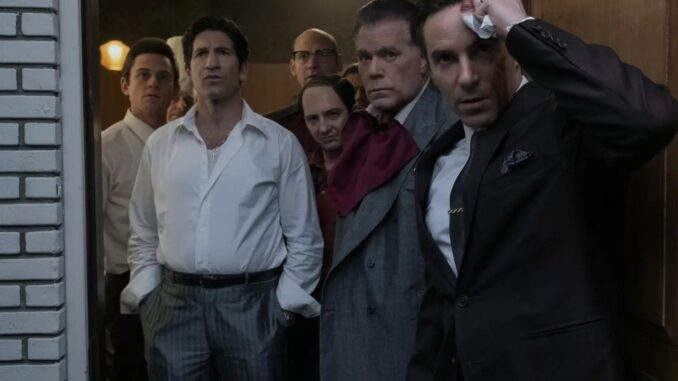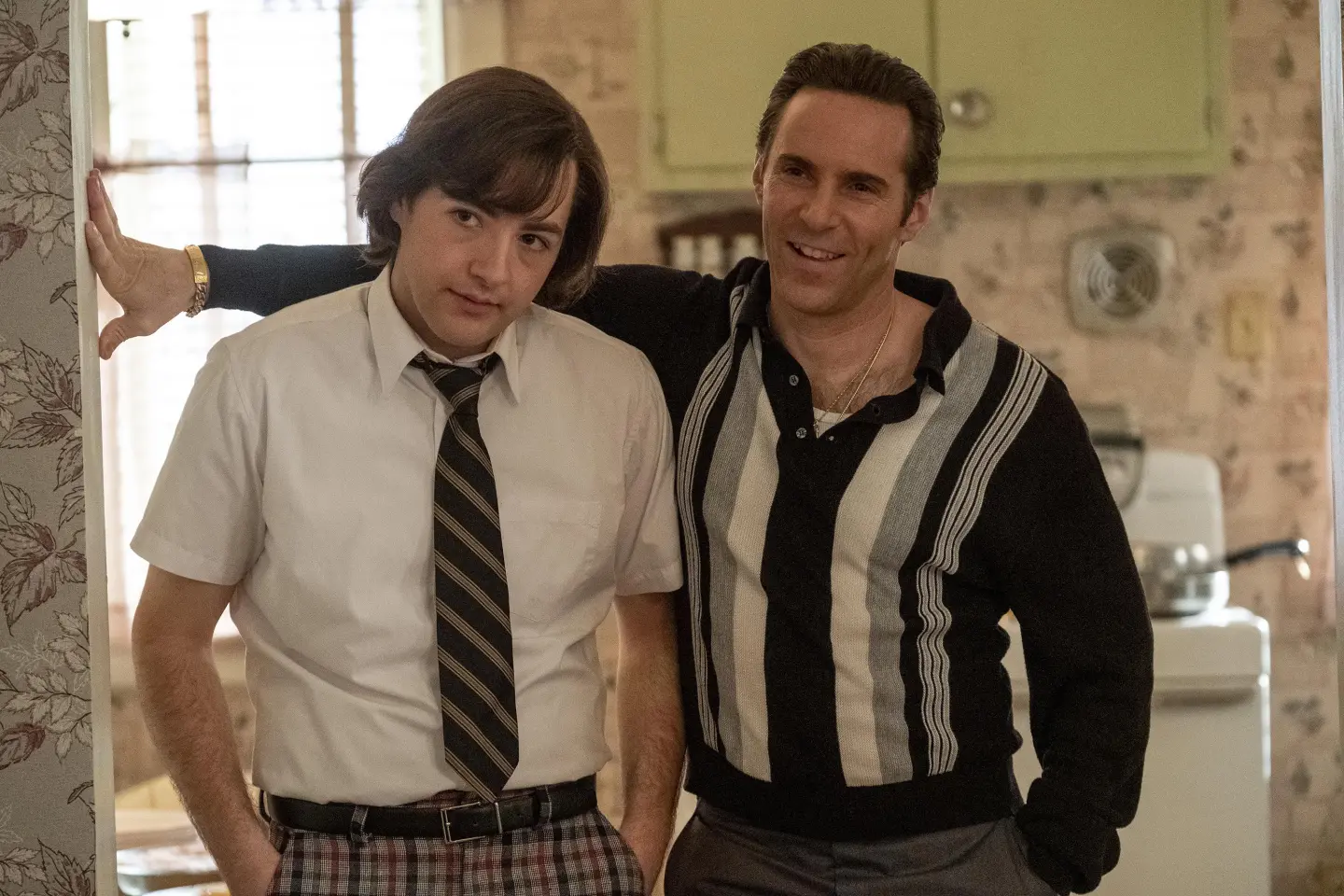
The Many Saints of Newark attempts to rekindle the brilliance of The Sopranos by going back in time—not to revisit Tony’s glory days, but to explore the forces that shaped him. Surprisingly, Tony Soprano isn’t the main focus here; instead, the story centers on Dickie Moltisanti, his charismatic but deeply flawed uncle, brought to life by Alessandro Nivola.
Michael Gandolfini’s portrayal of young Tony is a standout. He channels his late father’s physicality and emotional depth with quiet power, giving the film its most moving moments. Alongside him, a new cast steps into the shoes of familiar characters like Livia, Uncle Junior, Silvio, and Paulie, with varying degrees of success—some feel authentic, others verge on imitation.
The film paints a vivid portrait of Newark in the late 1960s, against a backdrop of racial unrest and shifting mob dynamics. It touches on themes like generational violence and identity, but its loose structure and occasional narrative aimlessness make it feel less focused than the original series. At times, it plays like Goodfellas in a Sopranos costume.

Still, for longtime fans, there are moments of brilliance, dark humor, and emotional resonance—especially in seeing how Tony teeters between innocence and inevitability. We leave him at the edge of manhood, not yet the man we knew, but no longer the boy he was.
The Many Saints of Newark doesn’t answer the big questions about Tony Soprano, but maybe that’s the point. Like the series itself, it leaves us in the dark—wanting more.
Rating: ★★½ out of 4. In theaters and streaming on HBO Max.
